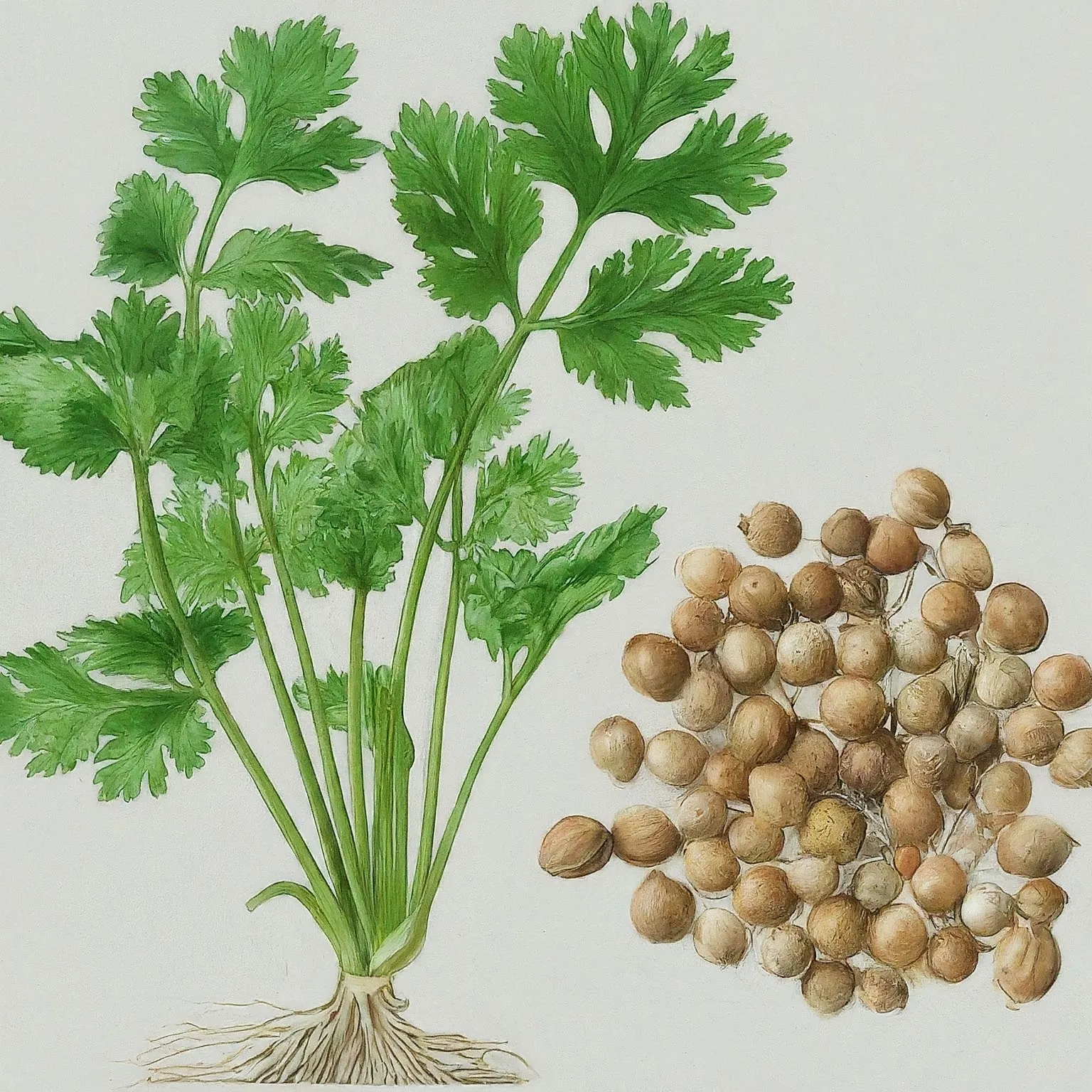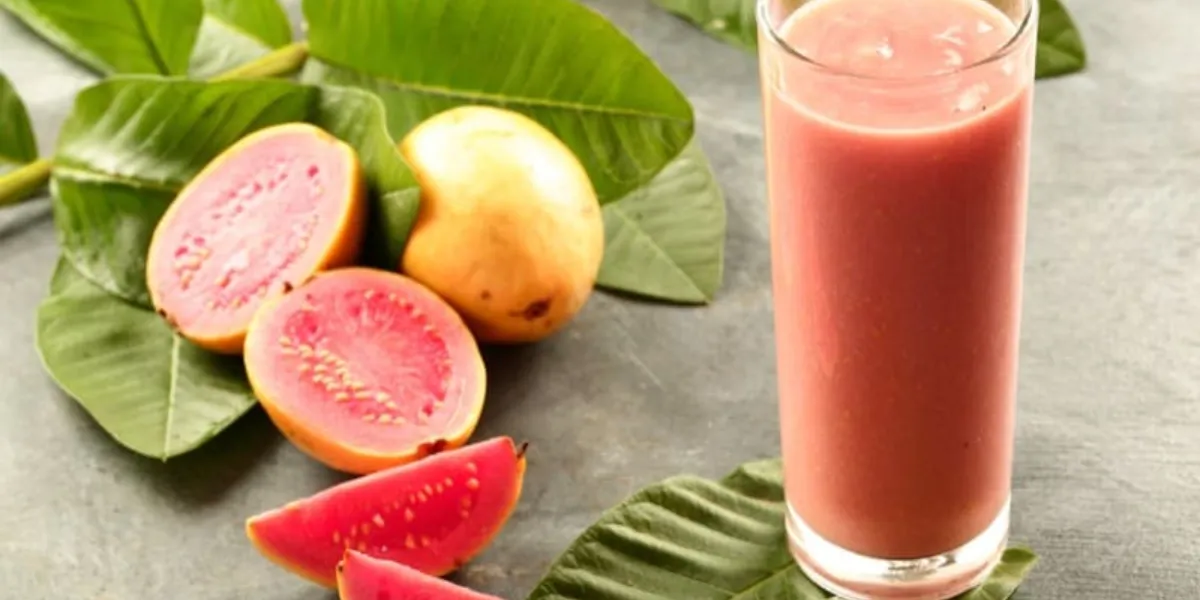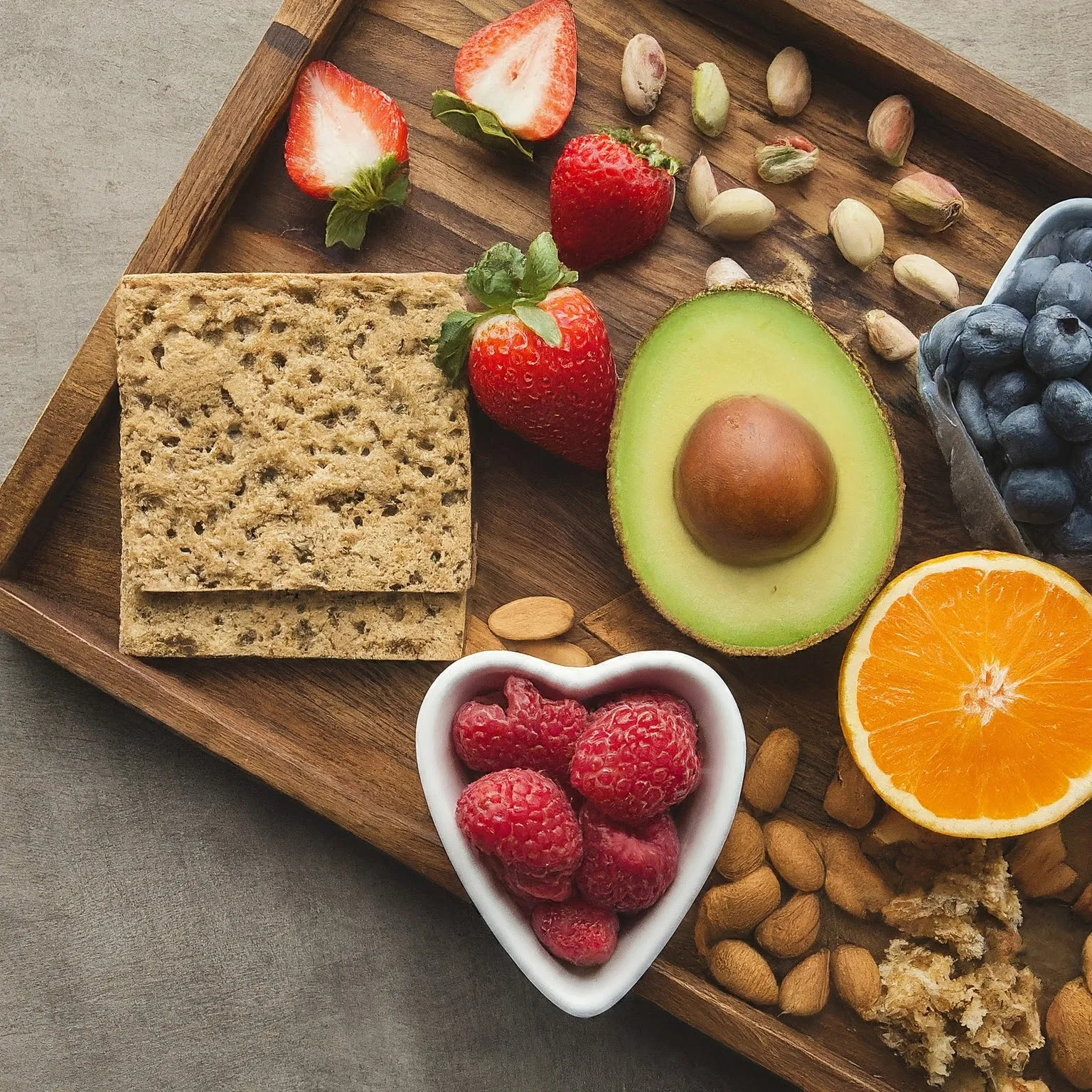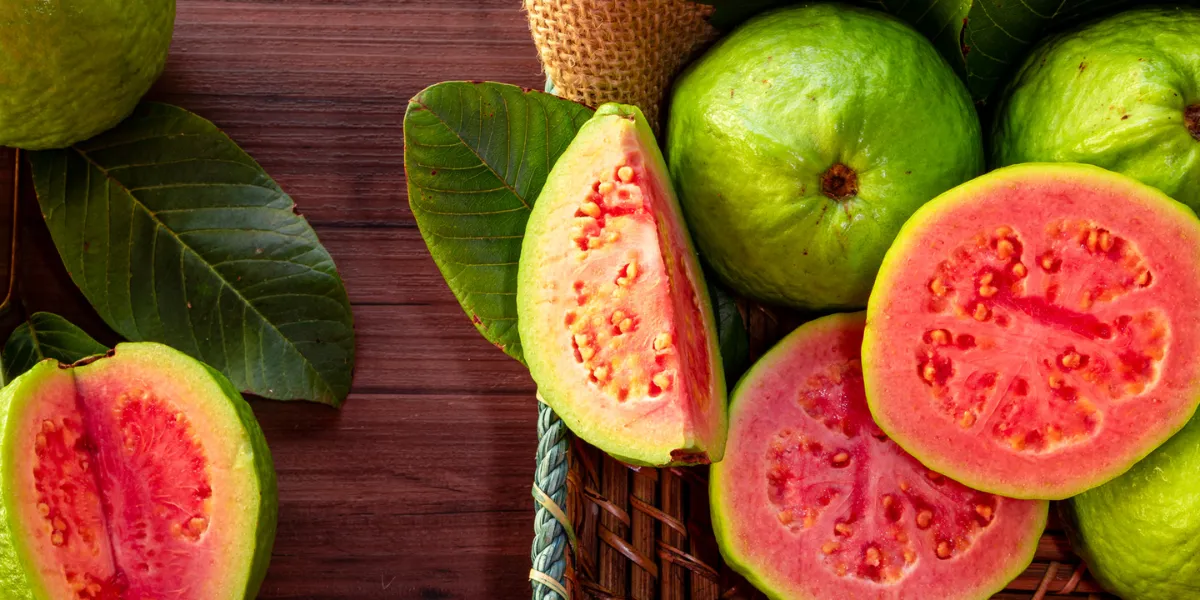The world of tropical fruits offers a delightful array of flavors and textures. Among these gems, the strawberry guava stands out for its unique combination of sweet and tangy notes, all packed into a bite-sized treat. This little fruit is not only delicious but also boasts a surprising amount of health benefits.
This article dives deep into the world of strawberry guava, exploring its origins, characteristics, taste, and how to incorporate it into your diet. We’ll also answer some frequently asked questions to quench your curiosity about this tropical wonder.
Table of Contents
ToggleA Tropical Treasure: Origins and Characteristics
Strawberry guava, scientifically known as Psidium cattleianum, is a member of the myrtle family (Myrtaceae), which also includes guava and cloves. Native to Brazil’s Atlantic rainforests, this evergreen shrub or small tree thrives in warm, humid climates. It’s widely cultivated throughout tropical and subtropical regions around the world, including Florida, California, and Hawaii in the United States.
Distinctive Features:
- Size and Shape: Strawberry guavas are small, typically measuring 2-4 centimeters in diameter. Their round to oval shape features a distinct “crown” at the blossom end, formed by the persistent sepals (calyx).
- Skin: The smooth, thin skin transitions from light green to vibrant shades of red, pink, and maroon as the fruit ripens. It has a slight give when pressed gently.
- Flesh: Inside, the translucent to white flesh is juicy and contains numerous small, hard seeds.
A Symphony of Flavors: The Taste of Strawberry Guava
The magic of strawberry guava lies in its delightful taste. As the name suggests, it offers a delightful blend of sweetness reminiscent of strawberries and a subtle, tangy guava undertone. The juicy flesh bursts with flavor, offering a refreshing and invigorating experience.
Flavor Profile:
- Sweetness: The primary taste is a pronounced sweetness, similar to ripe strawberries.
- Tartness: A subtle tartness balances the sweetness, adding a refreshing dimension.
- Guava notes: A hint of guava flavor lingers in the background, providing a unique twist.
- Aroma: The fruit releases a pleasant, fruity fragrance with hints of strawberry and guava.
Varieties: Several strawberry guava varieties exist, with slight variations in size, color intensity, and sweetness levels. Some popular cultivars include:
- Redland: Known for its deep red color and intense sweetness.
- Atherton: A larger variety with a milder flavor and fewer seeds.
- Peruvian: A smaller fruit with a more pronounced guava taste.
A Nutritional Powerhouse: Health Benefits of Strawberry Guava
Beyond its delightful taste, strawberry guava packs a significant nutritional punch. Here’s a glimpse into what this little fruit offers:
- Vitamins: An excellent source of vitamins A and C, both essential for maintaining a healthy immune system, promoting collagen production, and reducing inflammation.
- Fiber: A good source of dietary fiber, promoting gut health and aiding digestion.
- Antioxidants: Rich in antioxidants that fight free radicals and protect cells from damage.
- Low in Calories: A guilt-free treat with minimal calories, making it a perfect choice for weight management.
Potential Health Benefits:
- Boosts Immunity: The high vitamin C content strengthens the immune system, helping the body fight off infections and illnesses.
- Improves Skin Health: Vitamin C and antioxidants promote collagen production, keeping skin healthy and youthful.
- Aids Digestion: Dietary fiber regulates digestion, preventing constipation and promoting gut health.
- Reduces Inflammation: Antioxidants possess anti-inflammatory properties, potentially aiding in conditions like arthritis and inflammatory bowel disease.
Please note: While strawberry guava offers potential health benefits, it’s crucial to consult a healthcare professional before incorporating it into your diet if you have any underlying health conditions.
Enjoying the Sweetness: How to Select, Store, and Eat Strawberry Guava
Selection Tips:
- Look for ripe fruits with vibrant red skin that yield slightly to gentle pressure.
- Avoid fruits with blemishes, soft spots, or wrinkled skin.
- Choose fruits with the calyx (crown) still intact, indicating freshness.
Storage:
- Ripe strawberries can be stored at room temperature for 1-2 days.
- For longer storage, place them in the refrigerator for up to a week.
- Unripe fruits can be stored at room temperature until they ripen.
How to Eat:
The simplest way to enjoy strawberries is to wash it thoroughly and eat it whole. The skin is edible and adds a pleasant texture to the fruit.
Here are some additional ways to enjoy the deliciousness of strawberry guava:
- Fresh and Simple:
- Slice them in half or quarters for a refreshing fruit salad.
- Thread them onto skewers for a colorful and healthy fruit kabob.
- Pair them with yogurt, granola, and a drizzle of honey for a nutritious breakfast parfait.
- Blended Delights:
- Add them to smoothies for a boost of flavor and vitamins.
- Use them to create refreshing frozen fruit cocktails (remember to remove the seeds first).
- Sweet Treats:
- Puree them and use them as a natural sweetener in jams, jellies, and sauces.
- Bake them into muffins, cakes, or pies for a burst of tropical flavor.
- Dehydrate them for a healthy and portable fruit snack.
Tips:
- The seeds are technically edible but can be a bit hard to chew. If you prefer, you can scoop them out with a spoon before consuming the flesh.
- Strawberry guava pairs well with other tropical fruits like pineapple, mango, and passion fruit.
Beyond the Fruit: The Versatility of Strawberry Guava
The uses of strawberries extend beyond the fruit itself. The leaves can be dried and brewed into a fragrant and potentially beneficial tea. Some research suggests this tea may possess anti-inflammatory and antimicrobial properties, though further studies are needed.
Additionally, the flowers of the strawberry guava tree are quite beautiful and can attract pollinators to your garden.
Strawberry Guava: 10 Frequently Asked Questions
- What is the best way to tell if a strawberry guava is ripe? Look for vibrant red skin that yields slightly to gentle pressure. The calyx (crown) should also be intact.
- Can I eat the skin of a strawberry guava? Yes, the skin is thin and edible.
- Do I need to remove the seeds before eating strawberry guava? No, the seeds are safe to eat, but they can be a bit hard to chew. You can choose to remove them with a spoon if desired.
- How long does strawberry guava last? Ripe fruits can be stored at room temperature for 1-2 days or refrigerated for up to a week.
- Is strawberry guava good for you? Yes, strawberry guava is a good source of vitamins, fiber, and antioxidants, offering potential health benefits like a stronger immune system and improved digestion.
- How many calories are in a strawberry guava? One fruit contains very few calories, making it a guilt-free snack.
- Can I grow strawberry guava at home? Yes, strawberry guava trees can be grown in warm, humid climates. They require well-drained soil and plenty of sunshine.
- Where can I buy strawberry guava? They may be found in specialty grocery stores or farmers markets in regions with a suitable climate.
- What does strawberry guava taste like? It offers a delightful blend of sweetness reminiscent of strawberries and a subtle, tangy guava undertone.
- Are there any side effects to eating strawberry guava? Strawberry guava is generally safe for most people. However, if you have any allergies or underlying health conditions, consult a healthcare professional before consuming it.

Are Strawberry Guavas Good to Eat?
Yes, strawberry guavas are delicious and nutritious fruits that are enjoyable to eat. They have a sweet and aromatic flavor with hints of strawberry, pineapple, and guava, making them a popular choice for fresh consumption, jams, jellies, and other culinary applications.
Is Strawberry Guava Real Guava?
Yes, strawberry guava, also known as Psidium cattleianum, is a species of guava native to South America. While it is a different variety from the common guava (Psidium guajava), both belong to the same genus and share similar characteristics.
What is Another Name for Strawberry Guava?
Strawberry guava is also known by various other names, including cattley guava, cherry guava, and purple guava, depending on the region and local preferences.
Can You Eat Purple Strawberry Guava?
Yes, you can eat purple strawberry just like other varieties of guava. The purple coloration of the fruit is simply a characteristic of certain cultivars and does not affect its edibility. The ripe fruit is sweet and flavorful, making it suitable for fresh consumption, juicing, or cooking.
Is Strawberry Guava Rare?
Strawberry guava is not considered rare in regions where it is cultivated or grows wild, particularly in tropical and subtropical climates. However, it may be less common in areas where it is not native or where specific varieties are not widely cultivated.
How Does Strawberry Guava Taste?
Strawberry has a unique and delicious flavor profile that is sweet, slightly tart, and reminiscent of a combination of strawberries and guavas. It has a fragrant aroma and a juicy, flavorful pulp that makes it a delightful fruit to eat fresh or use in various culinary creations.
What is the Medicinal Use of Strawberry Guava?
Strawberry, like other guava varieties, offers numerous potential health benefits due to its rich nutritional content. It is high in vitamin C, fiber, antioxidants, and other essential nutrients, which may support immune health, digestion, and overall well-being. Some traditional medicinal uses of guava include treating gastrointestinal issues, promoting skin health, and supporting heart health.
Is Pink Guava Safe to Eat?
Yes, pink guava is safe to eat and is enjoyed by millions of people around the world. Like other varieties of guava, pink guava is rich in essential nutrients, including vitamin C, fiber, and antioxidants, making it a nutritious addition to a balanced diet. However, as with any food, it’s essential to wash the fruit thoroughly before eating and consume it as part of a varied and balanced diet for optimal health benefits.
Conclusion
The strawberry guava is a delightful tropical treat that offers a unique taste, a burst of nutrients, and incredible versatility. From enjoying it fresh to incorporating it into delicious recipes, this little fruit is sure to add a touch of the tropics to your life. So next time you’re looking for a healthy and flavorful snack, be sure to seek out the strawberry and experience its delightful magic!














